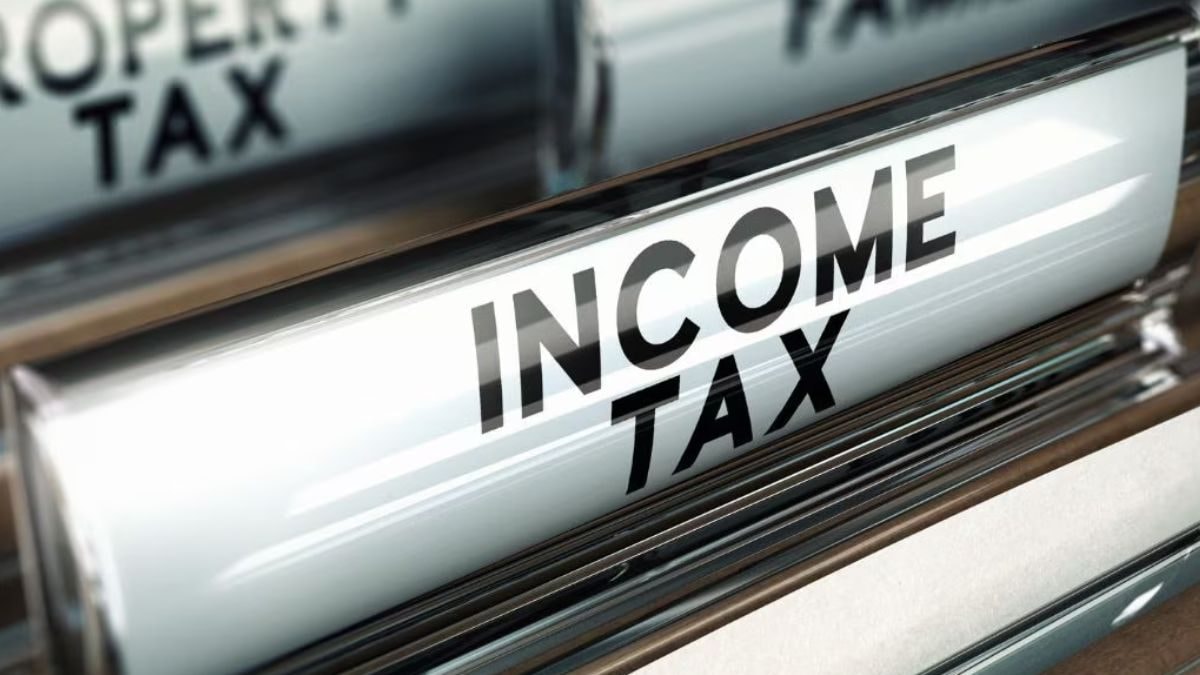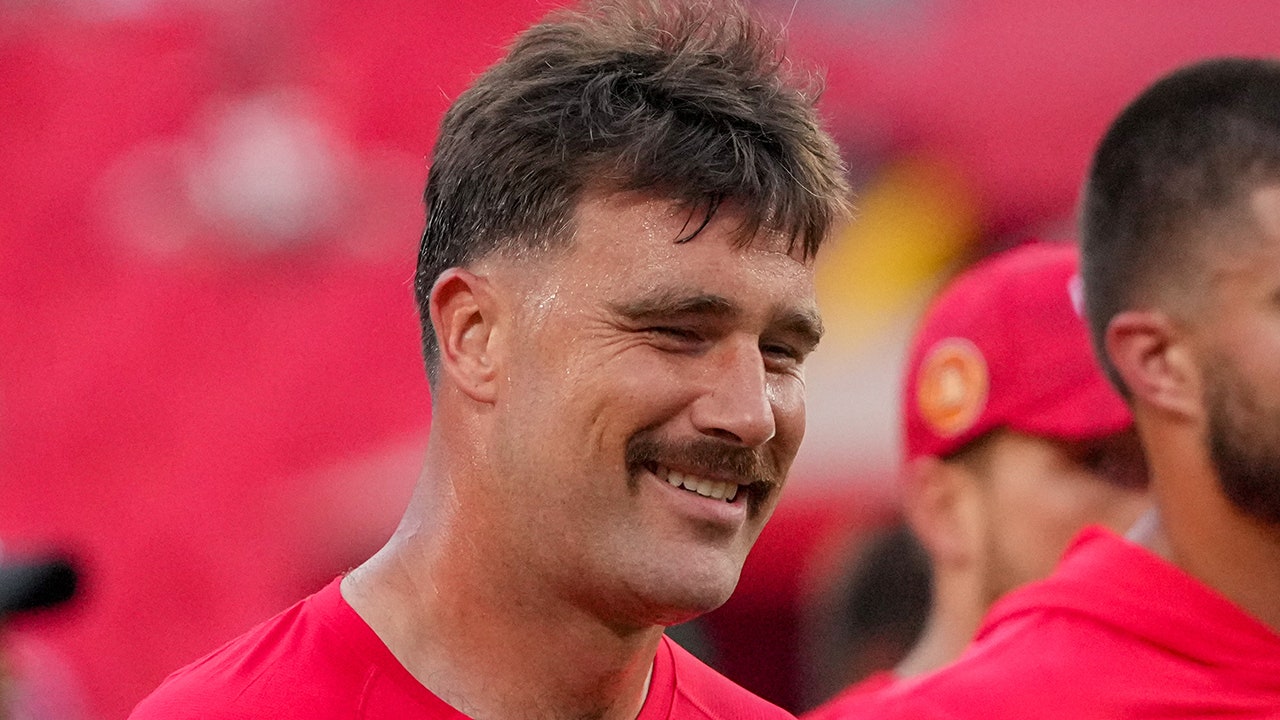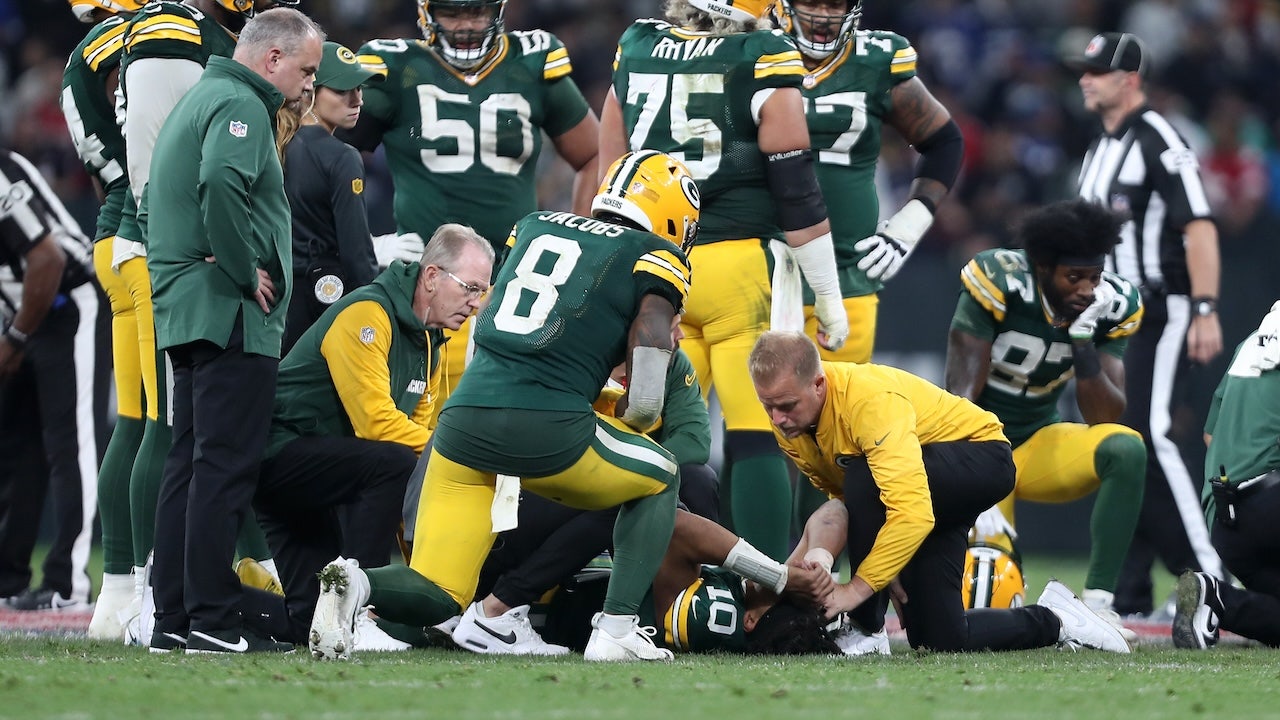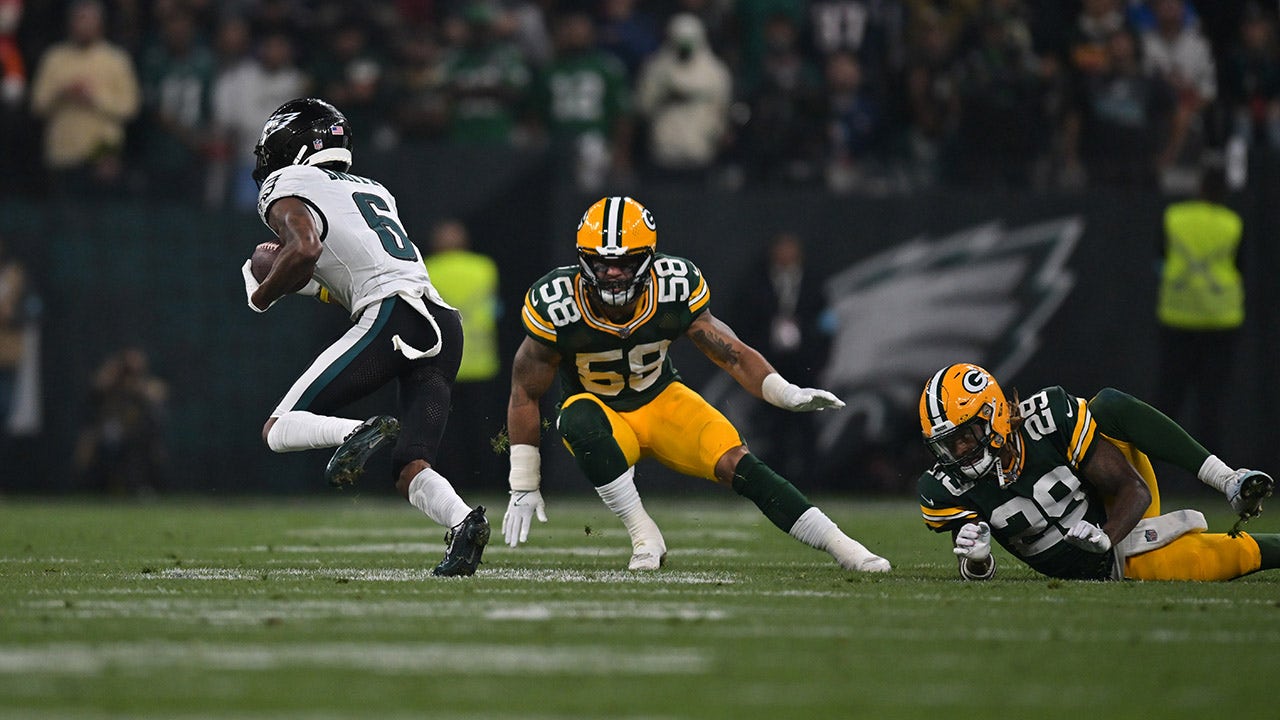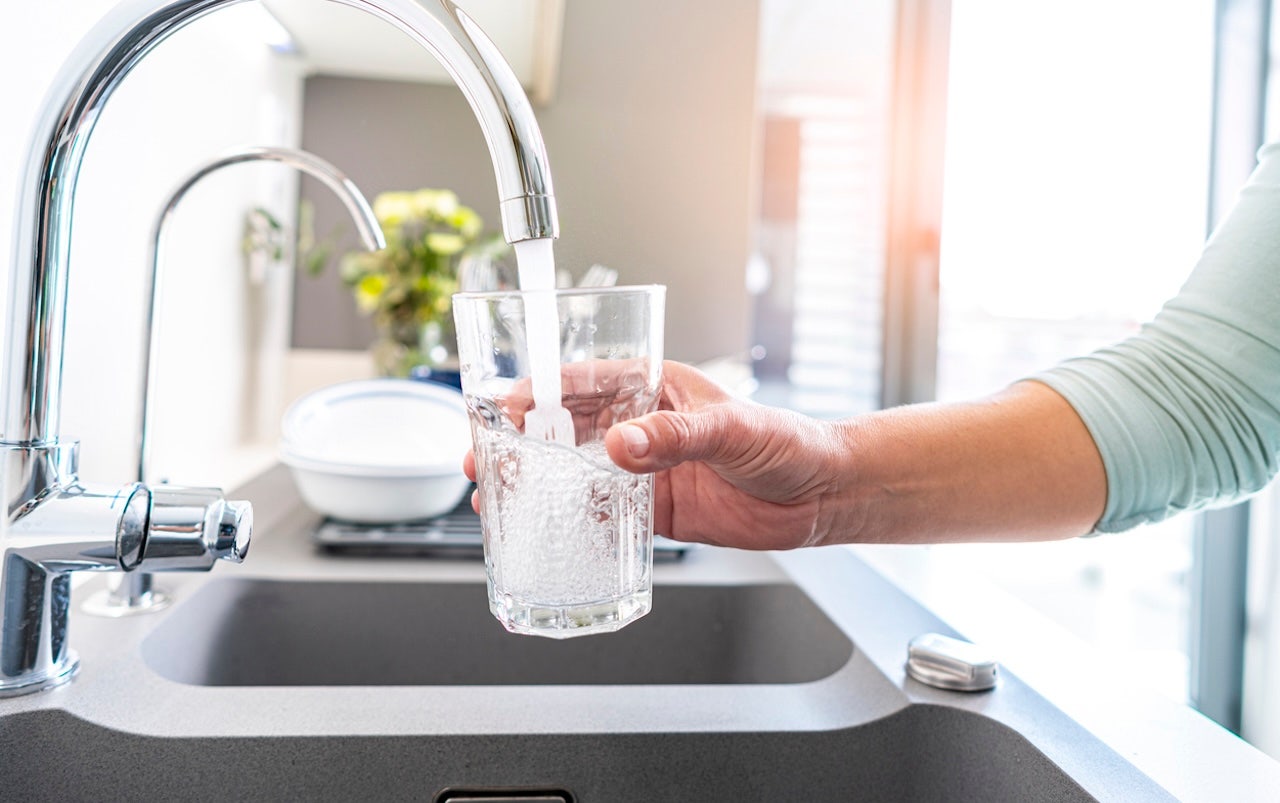“Economic growth is solid, not too hot and not too cold,” said Chris Rupkey, chief economist at Fwdbonds, a financial research firm. “The soft patch we had at the beginning of the year has gone away and with it, the risks of a recession are dying on the vine.”
Consumer spending and business investments drove almost all of the second quarter’s growth. Continued government spending at the federal, state and local levels also helped prop up the GDP reading, which sums up goods and services produced in the United States.
However, a slowdown in home construction and other residential investments, and an increase in imports, dragged down economic growth — a turnaround after three straight quarters of solid growth.
“GDP came in significantly stronger than anticipated,” Matt Peron, global head of solutions at Janus Henderson Investors, wrote in a note to clients. But, he added, “The economy does seem to be downshifting and that may cause continued volatility in the coming months.”
Consumer spending, which slowed earlier in the year in part as cold winter temperatures kept shoppers at home, came roaring back in the second quarter. Americans spent heartily on goods such as cars, recreational vehicles and furniture. But economists say those spending jumps aren’t likely to be sustainable — income growth has weakened, pandemic-era savings have run out, and more people are falling behind on loan payments.
The rapid post-pandemic recovery has recently lost steam, as high borrowing costs force households and businesses to rethink spending. Home sales have stalled, manufacturing is slowing and factories are seeing a drop-off in demand for U.S.-made goods. Meanwhile, the unemployment rate — at 4.1 percent as of June — has edged up for three straight months.
Still, economists say a gradual cool-down is a welcome reprieve from years of too-hot growth that stoked inflation. The labor market remains strong and consumers are still spending, albeit with less gusto than they were a year ago.
The surprisingly upbeat GDP report adds new uncertainty to whether the Federal Reserve will start cutting interest rates in September, as previously expected. The central bank has kept borrowing costs at a two-decade high since last summer to temper inflation. In congressional testimony this month, Fed Chair Jerome H. Powell said the United States is “no longer an overheated economy,” thanks in large part to a moderating labor market. “Conditions have returned to about where they stood on the eve of the pandemic: strong, but not overheated,” he added.
Although much of the economy is humming along, some pockets, such as housing and construction, have retreated more dramatically. Sales of new homes are down 7.4 percent from a year ago, while existing-home sales have fallen by 5.4 percent, according to fresh data this week.
In Seattle, new business at home-remodeling firm Gasper’s Construction has dropped 30 percent in the past year. Clients, who tend to rely on home-equity lines of credit, have pulled back in response to higher interest rates.
“Remodel projects are smaller and people are not willing to extend themselves as much,” owner Sarah Henry said.
Even so, Henry is optimistic. She’s looking to add three more people to her staff of 57, and says the Seattle housing market has been surprisingly resilient. Plus, the Fed appears poised to ease monetary policy in the coming months.
“Interest rates are going to give and, at some point, they’re going to come down,” she said. “That is very much going to help us.”







